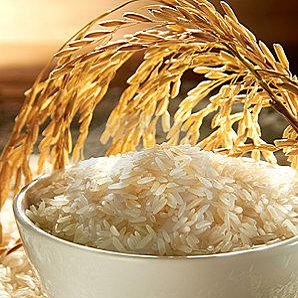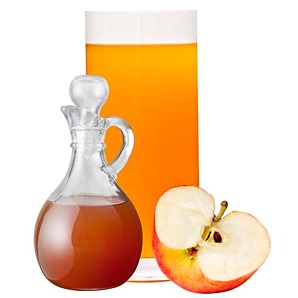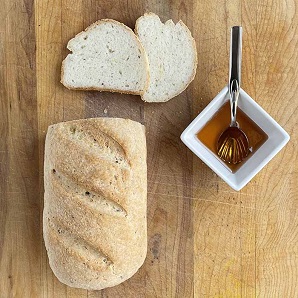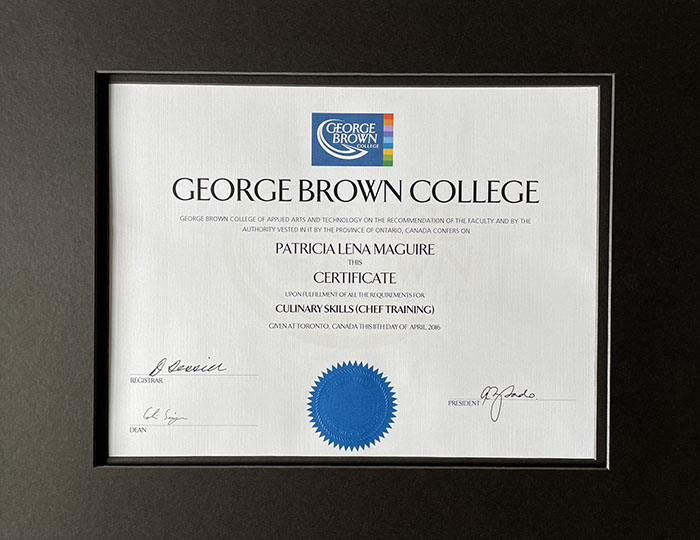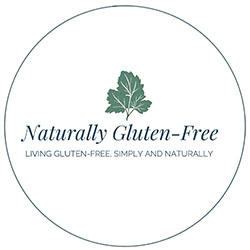- Home
- Living Gluten Free
- Home Remedies
Herbs and Natural Home Remedies to Relieve Celiac Disease Symptoms
A man may esteem himself happy when that which is his food is also his medicine” Henry David Thoreau
You’re on a gluten-free diet but still have symptoms. Or maybe you accidentally ate something with gluten in it and now you’re suffering the consequences.
There are some simple, trusted home remedies that can help.
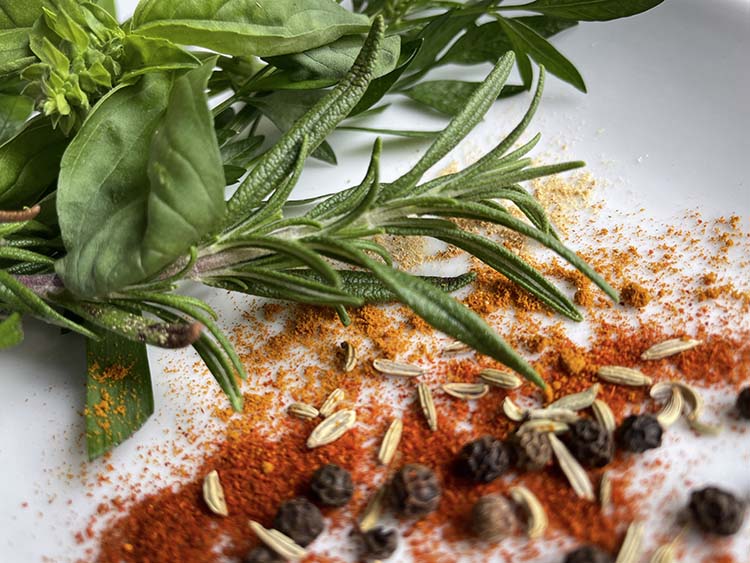
Science and Tradition in Home Remedies.
I grew up in a home that respected doctors and science while recognizing the value and wisdom of traditional ways. Drugs like antibiotics and insulin have saved many lives, and I’m not above popping an Ibuprofen for a headache. However, if you have celiac disease, I suspect that you’ve experienced frustration with modern medicine especially when it comes to treating digestive problems.
You have a condition that needs regular follow up so please continue to work with your doctor. But if you prefer to try natural home remedies for mild symptoms, I think that makes a lot of sense.
Do Herbal Remedies Work?
For millennia humans have been using plants as medicine.
Herbs and spices have long traditions in both eastern and western healing practices. Many herbs have compounds that have been tested and proven by modern science. I have some favorites that I find quite helpful and I'll share those with you here.
But be aware, especially if you’re frustrated with doctors, that there is a whole industry built up around taking advantage of that frustration. You can spend a lot of money quickly. Not everyone is honest and not every remedy is effective.
There is folklore, and there are charlatans which can make it hard to untangle myth from fact. That’s why I reference sources and studies to back up the claims being made.
Is There an Herbal Cure for Celiac Disease?
Now is a good time to dispel this myth.
There is no cure for celiac disease.1
If you see pop ups or posts or comments that say there is, they are scams.
The only treatment for celiac disease is a strict gluten-free diet.
Pin for Later
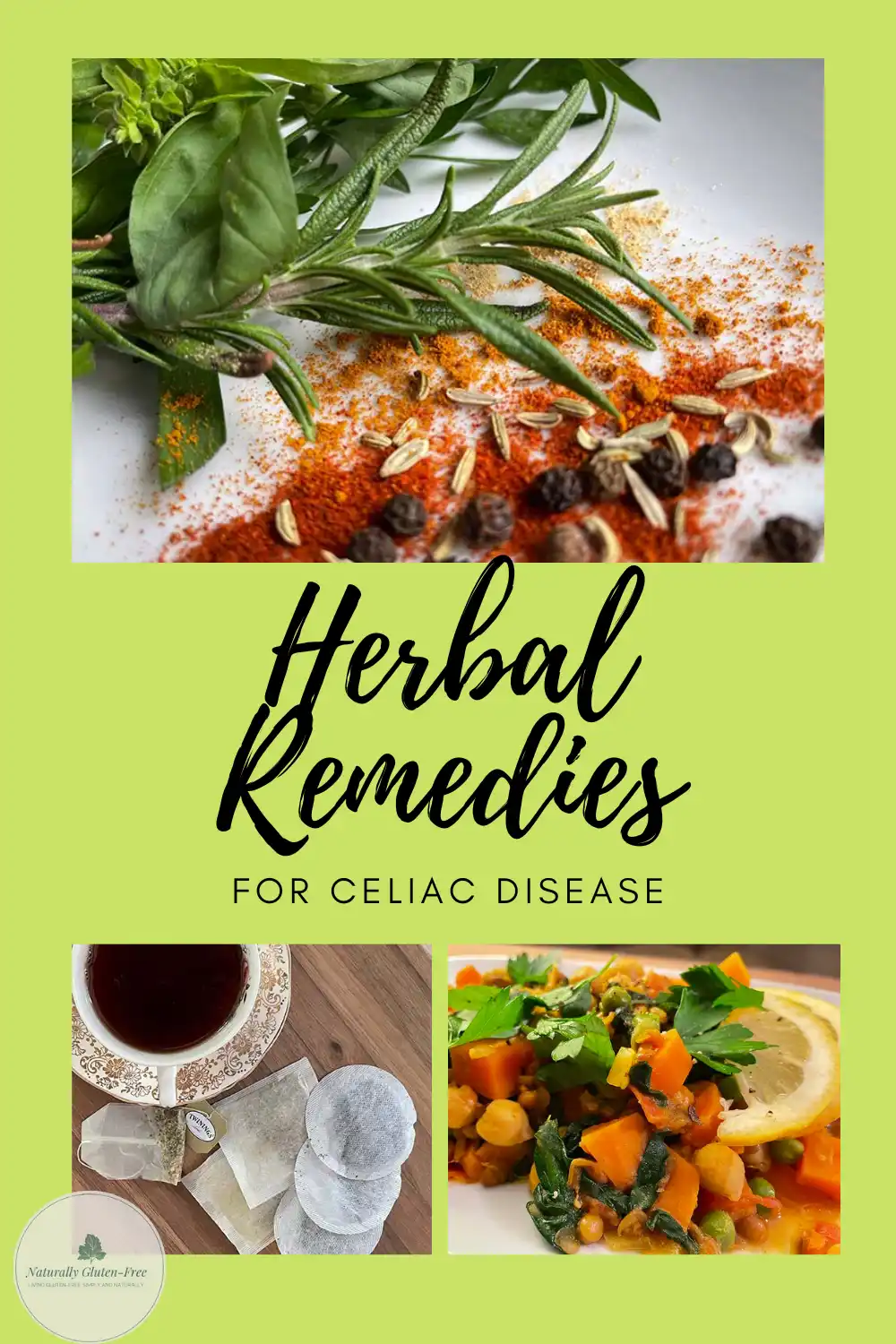
Is There an Alternative Treatment for Celiac Disease?
The only treatment for celiac disease is a strict gluten-free diet.
However, there are alternative treatments that help with symptoms of accidental gluten ingestion or occasional digestive discomfort that many of us experience even after we’re gluten-free.
For example, there are home remedies for diarrhea and upset stomach as well as herbs that are useful in relieving trapped gas and bloating.
Are Herbal Remedies Safe?
Generally speaking, yes. But take the time to understand what you are taking, especially if you have a health condition or are taking medication. Herbs are not benign. If they were they wouldn’t work.
For example, sage is a remedy for diarrhea and can be helpful for menopause but should not be taken while pregnant.2 Some herbal remedies can interfere with heart medication or increase the risk of bleeding if you are also taking blood thinners.3
This doesn't mean you need to research every herb in every recipe. Herbs and spices used in gluten free cooking are in small enough quantities to be safe.
Can Celiacs Eat Herbs?
Herbs are the leaves of plants and like all whole, fresh fruits and vegetables, are naturally gluten-free. If you are buying dried herbs, read the label to ensure that no gluten was introduced in processing.
Are Spices Safe for Celiac
Spices come from the roots and seeds of plants and are also naturally gluten-free. Read labels to be sure. Watch for blends of herbs and spices as they may contain gluten as a filler.
Are Herbal Remedies for Celiac Disease Expensive?
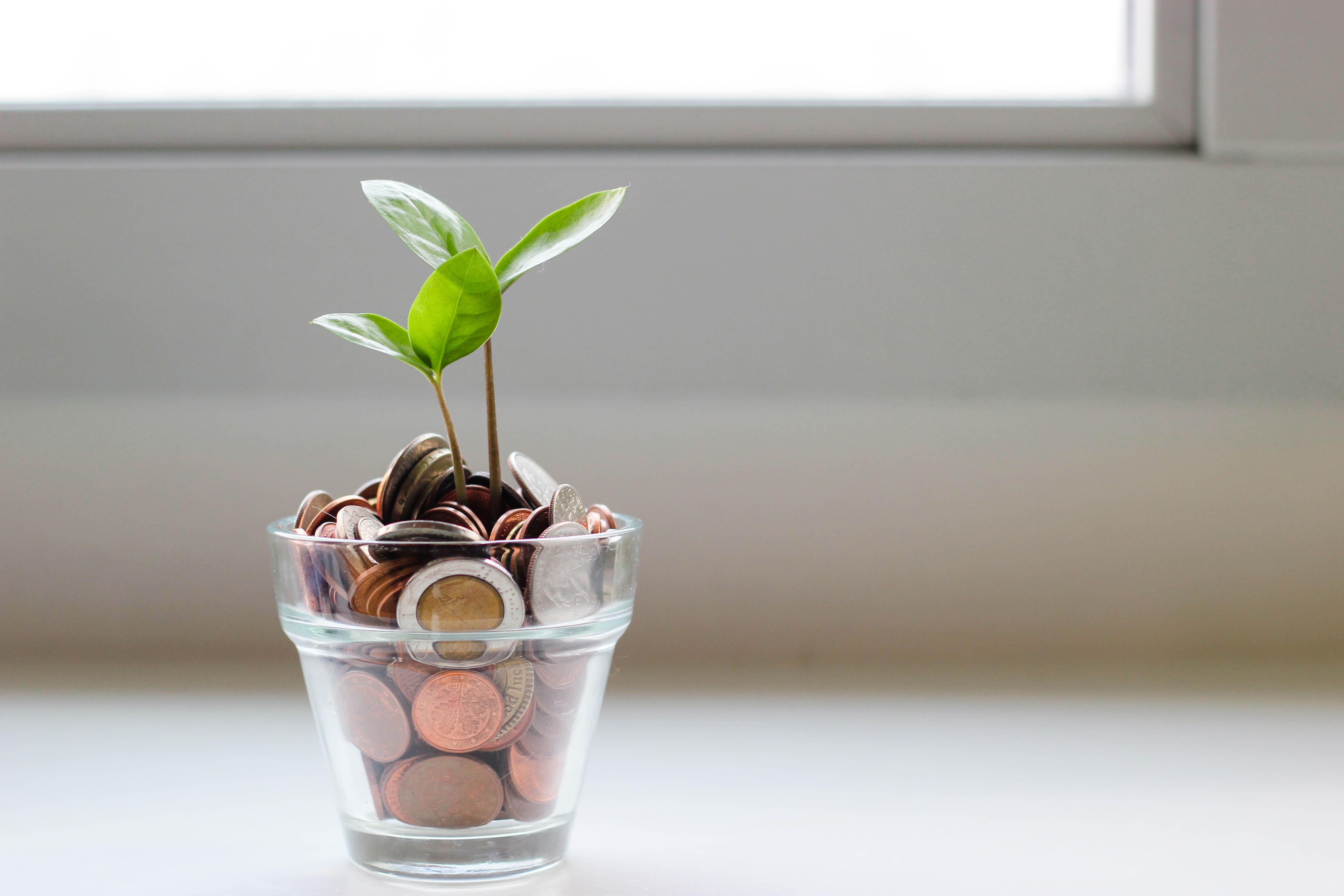
I’m not suggesting you spend tons of money on expensive herbal remedies. With the already high cost of our gluten-free diet, I’d rather give you simple, inexpensive home remedies using ingredients you already have in your pantry or can get easily and inexpensively at the grocery store.
For example, mint or ginger tea after dinner can stimulate digestion and relieve cramps.4 A daily apple cider vinegar and honey cocktail can help to heal the gut and promote a healthy microbiome. Herbs and spices added to your gluten free cooking will build flavor while imparting important health benefits.
Common Celiac Related Symptoms and Remedies That May Help
|
Bloating & Gas: |
cayenne, fennel, ginger, mint, basil |
|
Constipation: |
fiber, fruit, dandelion root, licorice, flaxseed, ginger |
|
Diarrhea: |
allspice, sage, eucalyptus, mint, nutmeg, tamarind, psyllium |
|
Muscle aches & cramps: |
thyme, rosemary5 |
Which Culinary Herbs and Spices Are Best for Celiac Disease Symptoms
Bloating and Gas are common complaints among people with celiac disease. It just seems our systems are a little more sensitive than others and even though we’re sticking to our gluten-free diet, we can experience discomfort after meals.
When this happens, putting a heating pad on your belly and sipping a little peppermint or ginger tea may be all you’ll need to find relief.
If you’ve accidentally ingested some gluten, the heating pad and the tea may not totally make the symptoms go away, but I think you’ll find it will help.
Ginger:
Ginger has anti-inflammatory properties which make it perfect for someone with celiac disease. It’s helpful for:
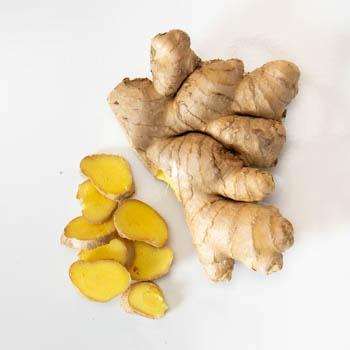
- digestive upset
- nausea
- bloating
- gas
- cramps.
Sip a little ginger tea in the evening after dinner. It’s soothing and helps with digestion.
Where to Find it and How to Use it.
Fresh ginger is found in the produce department of your grocery store, or the powdered form is with the spices. Ginger is a common flavoring in almost every cuisine. It is star a component in curries and can be added to soups, stews, and chutney. Ginger also features in spice cakes and gingerbread.
Make a tea by simmering about an inch of ginger root grated or sliced thin in a cup of water for about 10 minutes. Strain it through a fine sieve or cheese cloth and add a little lemon juice and honey if you like.
You can also buy ginger tea in tea bags at the grocery store.6
Mint:
Mint has been used for flavor and healing since the dawn of time. Dried leaves were found in Egyptian pyramids dating back to 1000 BCE. Did your grandmother ever give you a peppermint to suck on if you had an upset stomach?
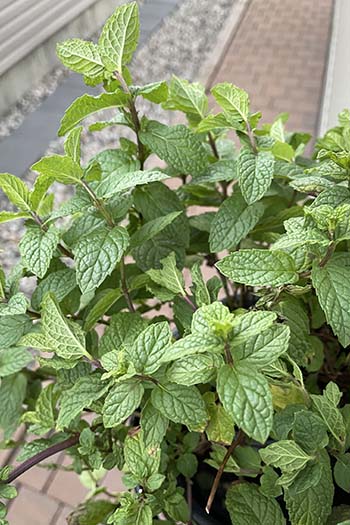
Studies in the 1990’s proved the value of peppermint in treatment of IBS (irritable bowel syndrome). It increases the flow of digestive juices and relaxes the muscles of the digestive system. It soothes cramps and bloating and can help with both diarrhea and constipation.
Peppermint is also good for headache. Just breathing in the steam from your mint tea will ease the pain or rub a little peppermint oil on your temples.7
Where to Find it and How to Use it.
Peppermint tea is the easiest and maybe most common way to take advantage of this herb’s medicinal properties. Buy peppermint tea in the grocery store or dry the leaves yourself and steep them in hot water. You can also infuse cold water with fresh mint leaves and sliced cucumber or lemon.
Peppermint is easy to grow in your garden and even indoors in the winter. I like to add a few sprigs to lemon water or chop it up and add it to sauces. Mint sauce is a classic with roast lamb.
Other Important Pantry Herbs that help with Celiac
Symptoms
Although ginger and peppermint are the go to natural treatments for celiac related digestive upset, here are a bunch more common culinary herbs and spices along with how to use them.
Allspice
Good For: Acid reflux, indigestion, diarrhea and menopausal symptoms8
How to Use It:
Allspice is native to the Caribbean and to Central and South America. It shows up often in Caribbean recipes like Jerk Chicken and Jamaican Rice and Peas. It’s also added to cookies, spice cakes and pumpkin pie.
You can also sprinkle some allspice on your chai latte, add it to stews or meat rubs. You can make a tea from whole allspice berries or from the leaves.
Caution: Do not use allspice medicinally during pregnancy.
Basil
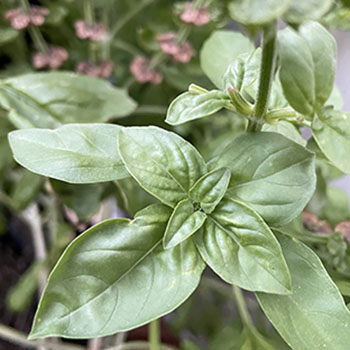
Good For: Flatulence (gas, burping, tooting), stomach cramps and indigestion9
How to Use It:
The best thing about basil is that it is so readily available. You can buy it fresh or dried in the grocery store. It’s easy to grow indoors or outdoors.
Just tear up the leaves and add to a salad. It’s a classic paired with tomato. Just chop it up and sprinkle over sliced tomatoes, crumble up some feta cheese and drizzle with olive oil. Add it to a smoothie or make a pesto to compliment your gluten free pasta.
Bay Leaves
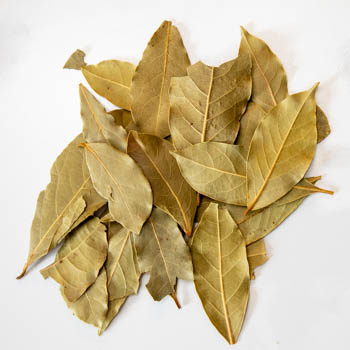
Good For: Upset stomach and indigestion 10
How to Use It:
Bay leaves can be purchased fresh, but dried is more common.
Add a few bay leaves to stews, soups, and curries. Make a spice bag with bay leaves, parsley stems, thyme and peppercorns and add it to simmering soups and stocks.
Just take the bay leaves or spice bag out of your dish before serving.
Black Pepper
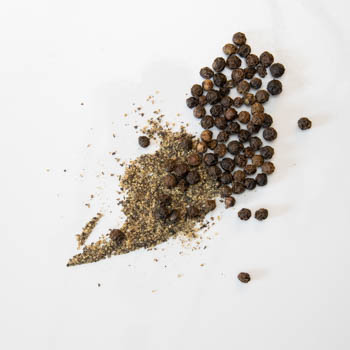
Good For: Stimulating digestive enzymes and nutrient absorption 11
How to Use It:
Next to salt, black pepper may be the most common seasoning and is used in almost everything.
Sprinkle it over any savory dish while cooking and add to taste on your plate.
Ground black pepper is convenient to add to recipes or keep in a shaker on the table. Whole peppercorns work well in a spice bag or can be kept in a pepper mill to add to cooking or finished dishes.
Chamomile
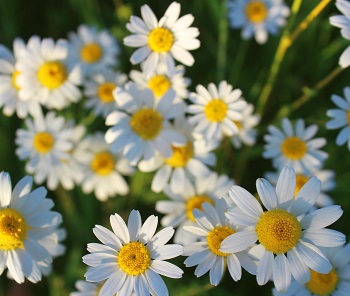
Chamomile is a member of the daisy family and has flowers that look like daisies.
Good For: Insomnia, muscle relaxant, anti-inflammatory and digestive properties 12
How to Use It:
The most common way to buy chamomile is in commercially available teas. You can also buy it in capsule form from the health food store.
A cup of chamomile tea before bed may be just what’s needed to get you to dreamland. Sip throughout the day for stress or after dinner to help with digestion.
Cilantro / Coriander
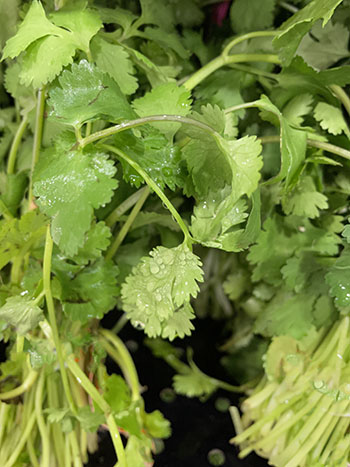
Cilantro and coriander come from the same plant and are often used interchangeably. However, cilantro refers to the leaves of the plant and coriander refers to the seeds.
Good For: Flatulence, bloating and cramps13
How to Use It:
Both cilantro and coriander are common in Mexican and Indian cuisines. Leaves are chopped and added at the end of cooking or as a garnish just before serving.
Cilantro is either a love it or hate it thing. There is actually a gene that’s tracked by 23andMe that will tell you if you likely think cilantro tastes like soap.
Fennel
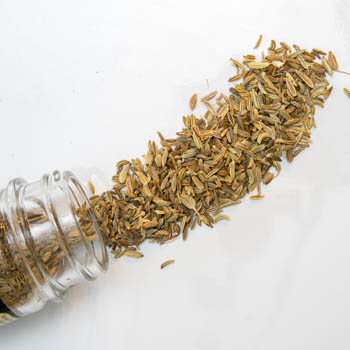
Good For: Seeds are used to relieve bloating, stomach pain and to stimulate appetite.14
How to Use It:
Fennel is very versatile as all parts of the plant are useful. The large white bulb looks like an onion but is mild and slightly anise or licorice flavored. Great in salads. The fronds or leaves are feathery, kind of like dill, and can be added to salads or used as a garnish.
Fennel seeds can be used to make a tea or added to stews or rubs for meat. I especially like it with pork.
Flaxseed
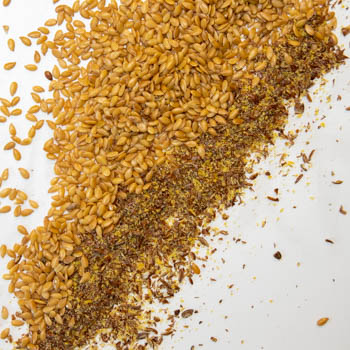
Good For: Preventing or relieving constipation15
How to Use It:
Ground flaxseed is common in gluten-free cooking as it’s often used as a binder. When water is added it becomes thick and gummy.
Flaxseed is also used as an egg replacer so it is good for a vegan or vegetarian diet or for anyone with an intolerance to eggs.
Lavender
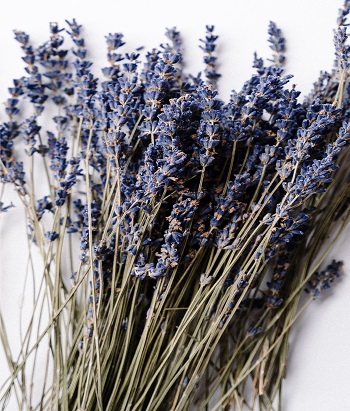
Good For: headaches and insomnia16
How to Use It:
Dried lavender flowers can be made into a tea.
You can also put them in a sachet and put it under you pillow to induce sleep or in your bath for relaxation.
Lavender is often added to lotions because of the lovely soothing scent.
You can grow lavender in your garden. Try growing it between the patio stones. It will release a lovely scent when stepped on.
Nutmeg
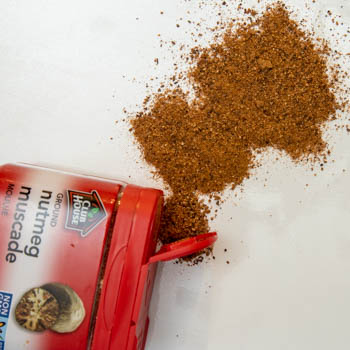
Good For: Relieving muscle spasms, nausea, vomiting, diarrhea and to improve appetite17
How to Use It:
I think of nutmeg as the Christmas spice. A little sprinkled in your coffee, or added to cookies and cakes just defines that holiday aroma. I like to add a pinch to mashed potatoes.
Rosemary
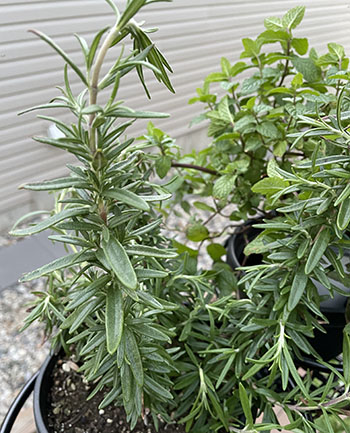
Good For: Improves digestion, gut health, muscle aches and cramps. Used in aromatherapy to stimulate nervous system and to improve memory and concentration. Also proven to help with liver problems.18
How to Use It:
Rosemary has a fragrant evergreen like scent.
It can be used fresh or dried. It can be made into a tea or added to meat dishes, potatoes, and breads.
Thread a few sprigs of rosemary under the string that ties your pork roast. Sprinkle it over roasting potatoes. And of course there is rosemary focaccia.
Sage
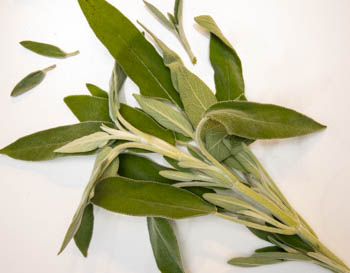
Good For: Diarrhea, menopause symptoms and lowing blood fat levels19
How to Use It:
Sage is a common cooking herb and can be used fresh or dried.
It pairs nicely with fish and poultry. It can also be made into a tea.
Caution: Because of it’s hormonal affects sage should not be used at medicinal doses during pregnancy.
Tamarind
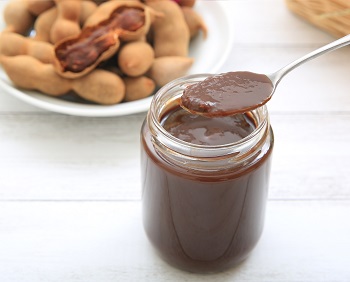
Good For: colds, improving digestion, relieving gas, constipation20
How to Use It:
Tamarind is a fruit that grows in pods and is usually made into a paste.
It is common in Asian recipes like pad Thai and some Thai curries. It has a sweet and sour flavor that provides a distinctive character to these dishes.
Buy tamarind paste in Asian grocery stores or the Asian food section of your grocery store.
For More Information
If you’re interested in getting more into herbal remedies then do speak with an herbalist. You can start with your local health food store. The folks who work there are usually very knowledgeable and can recommend someone if they don’t have answers for you.
I also recommend the resources I’ve listed at the bottom of this page.
Sources:
1. Mayo Foundation for Medical Education and Research. (2021, August 10). Celiac disease. Mayo Clinic. Retrieved November 7, 2022, from https://www.mayoclinic.org/diseases-conditions/celiac-disease/symptoms-causes/syc-20352220#:~:text=There's%20no%20cure%20for%20celiac,symptoms%20and%20promote%20intestinal%20healing.
2. Chevallier, A. (2016). Key Medicinal Plants. In Encyclopedia of Herbal Medicine (3rd ed., p. 131). essay, DK/Penguin Random House.
3. Mayo Foundation for Medical Education and Research. (2022, November 4). Herbal supplements and heart medicines may not mix. Mayo Clinic. Retrieved November 7, 2022, from https://www.mayoclinic.org/healthy-lifestyle/consumer-health/in-depth/herbal-supplements/art-20046488
4. Chevallier, 114,155
5. Chevallier, 299-319
6. Chevallier, 114
7. Chevallier, 155
8. Chevallier, 248
9. Chevallier, 241
10. WebMD. (n.d.). Bay Leaf: Overview, uses, side effects, precautions, interactions, dosing and reviews. WebMD. Retrieved November 7, 2022, from https://www.webmd.com/vitamins/ai/ingredientmono-685/bay-leaf
11. Cording, J. (2019, May 9). 10 healing herbs and spices every cook should know. MICHELIN Guide. Retrieved November 7, 2022, from https://guide.michelin.com/en/article/features/healing-herbs-spices-lio-lev-sercarz
12. Chevallier, 77
13. Chevallier, 195
14. Chevallier, 212
15. Chevallier, 109
16. Chevallier, 108
17. Chevallier, 115
18. WebMD. (n.d.). Rosemary health benefits, nutrients per serving, preparation information, and more. WebMD. Retrieved November 7, 2022, from https://www.webmd.com/diet/health-benefits-rosemary
19. Chevallier, 131
20. Chevallier, 274








